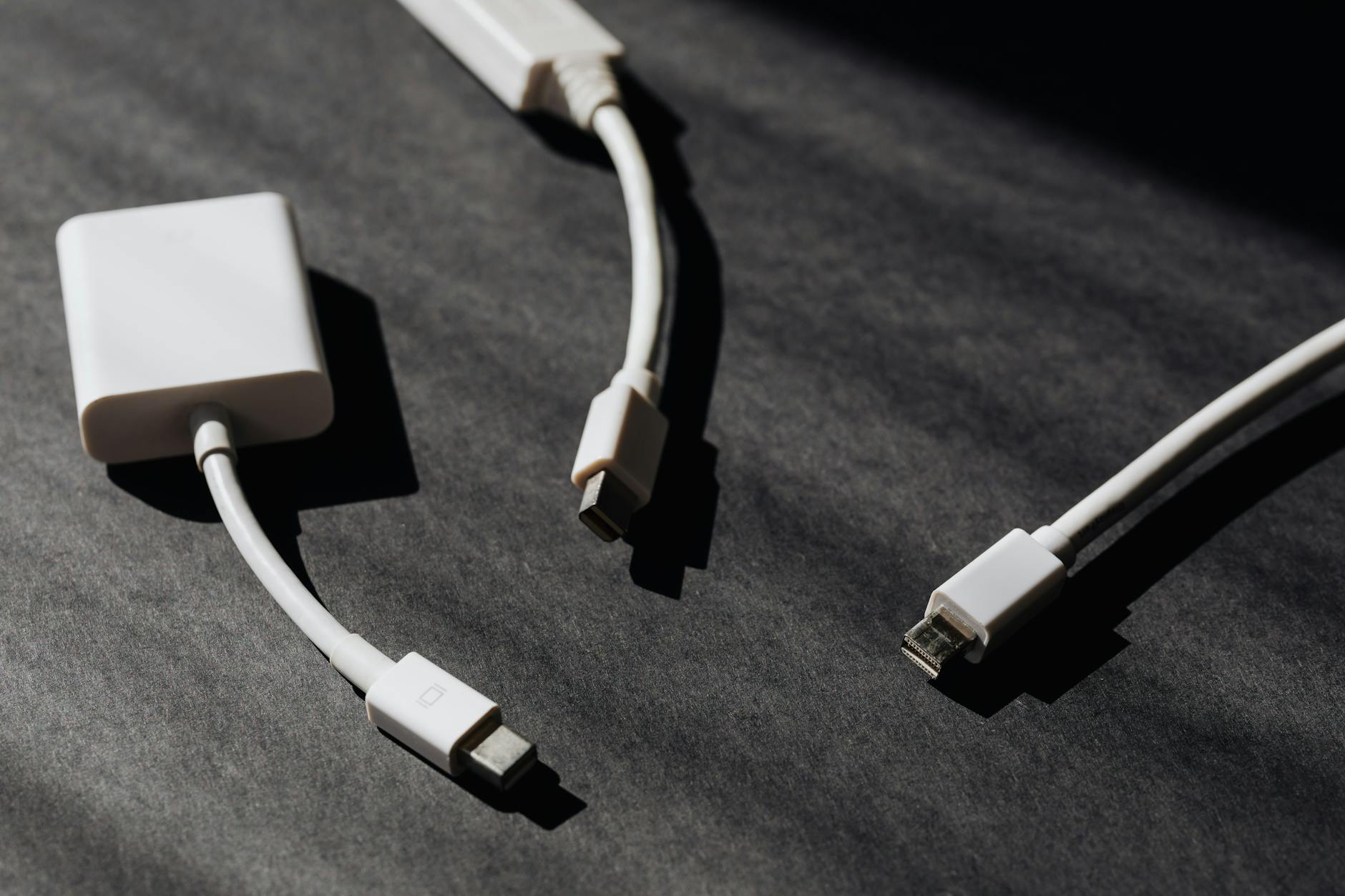Discover the secrets to maximizing your invention’s potential with expert tips for successfully registering your patent and protecting your idea.
Table of Contents
Introduction to Trademarks
A trademark is a unique symbol, word, or phrase that distinguishes a company’s products or services from those of others. It plays a crucial role in building brand recognition and loyalty among consumers. Having a registered trademark provides legal protection against unauthorized use by competitors.
Trademark Registration Process
Registering a trademark in India involves several steps to ensure legal protection for your brand. The process begins with filing an application with the Trademark Registry, followed by examination of the application, publication in the Trademark Journal, and final registration upon approval.
Trademark Renewal
Renewing a trademark is essential to maintain its legal validity and protection. In India, trademarks need to be renewed every ten years from the date of registration. Failure to renew a trademark can result in its expiration and loss of legal rights.
Trademark Transfer
Trademark transfer allows the owner to sell, assign, or license their trademark to another party. The process involves drafting a trademark assignment agreement and submitting it to the Trademark Registry for approval. It is crucial to ensure proper documentation to prevent legal disputes in the future.
Trademark Search
Conducting a trademark search is a vital step before registering a trademark to ensure its uniqueness and avoid potential conflicts with existing trademarks. In India, a comprehensive search can be conducted through the online portal of the Trademark Registry to check for similar or identical trademarks.
Copyright Registration
Copyright protects original works of authorship, such as literary, artistic, and musical creations. Registering a copyright in India provides legal evidence of ownership and the exclusive right to reproduce, distribute, and display the copyrighted work.
| Step | Description |
|---|---|
| 1. Research | Conduct a thorough search to ensure your invention is unique and not already patented. |
| 2. Documentation | Document every detail of your invention including drawings, descriptions, and any relevant data. |
| 3. Decide on Patent Type | Determine whether you need a utility patent, design patent, or plant patent based on your invention. |
| 4. Prepare Patent Application | Write a detailed patent application including claims and all relevant information. |
| 5. File Your Application | Submit your patent application to the United States Patent and Trademark Office (USPTO). |
| 6. Wait for Examination | Wait for the USPTO to examine your application and possibly request additional information. |
| 7. Respond to Office Actions | Address any office actions or rejections from the USPTO by providing necessary clarifications or amendments. |
| 8. Approval | Once your invention is approved, maintain your patent by paying required maintenance fees and staying within patent laws. |
Design Registration
Design registration protects the visual appearance of a product, including its shape, configuration, and ornamentation. Registering a design in India grants the owner exclusive rights to use the design for commercial purposes and prevent others from copying or imitating it.
Patent Registration
A patent grants an inventor the exclusive right to manufacture, use, and sell their invention for a limited period. Registering a patent in India involves a rigorous examination process to ensure the invention is novel, non-obvious, and industrially applicable.
Overview of Trademark Laws in India
The trademark laws in India are governed by the Trade Marks Act, 1999, and the rules outlined in the Trade Marks Rules, 2017. These laws provide the legal framework for trademark registration, protection, and enforcement in the country.
Conclusion
TRADEMARK
Understanding the intricacies of trademark registration and related processes in India is essential for safeguarding your intellectual property rights and building a strong brand presence. By following the prescribed procedures and complying with trademark laws, you can protect your brand from infringement and establish a competitive edge in the market.
Can I register a trademark on my own without professional help?
Yes, you can file a trademark application on your own through the Trademark Registry’s online portal. However, seeking professional guidance can ensure the application meets all legal requirements and increases the chances of approval.
How long does it take to register a trademark in India?
The trademark registration process in India typically takes around 12 to 18 months, depending on factors such as examination time, objections, and opposition filings. It is important to be patient and follow up with the Trademark Registry for updates on your application.
What happens if my trademark application is rejected?
If your trademark application is rejected, you will receive a detailed examination report outlining the reasons for rejection. You can respond to the objections raised by providing necessary clarifications or amendments to rectify the issues and request reconsideration of your application.
How do I maintain my patent after registration?
After your patent is granted, you need to pay the required maintenance fees periodically to keep it valid. Additionally, you must comply with patent laws, avoid unauthorized use by third parties, and defend your patent rights against infringement through legal actions if necessary.

